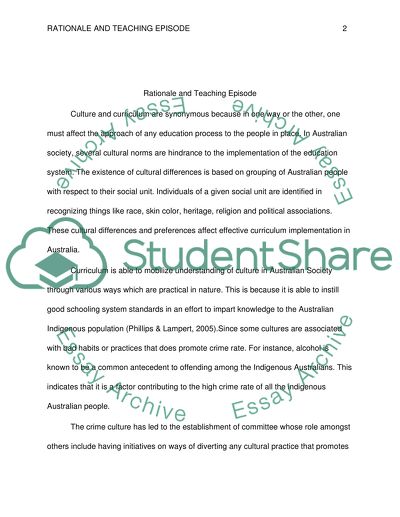
The Non-Stage model says that all readers will use the same strategies to decode print and the primary strategy is context.

As unskilled readers learn to read, they change the strategies they use because the new strategies are more efficient and effective. The basic gist of it is that the Stage Model says that children move through stages in their progression of learning to read and that readers at different levels will use different strategies to approach unknown words. Reading Acquisition: Stage Model and the Non-Stage Model I had some students for three straight years and it was really interesting to see their reading progress from non-readers to reading multisyllabic words.īefore we go too much further let me explain two different models or viewpoints on reading acquisition.
RATIONALE FOR TEACHING SIGHT WORDS FULL
I taught the full class in Kindergarten, then next year taught a 1/2 combo class, and the following year a straight 2nd-grade class. I am so excited to have my new guide.A couple of years ago I had the unique opportunity to loop up with a handful of students from Kindergarten to Second Grade. I was trained at my former school and had to leave my materials. Thank you for making that change since I was first trained in 2016. It's great that the curriculum guide is spiral bound now. I love this resource! I have been able to get non-readers to read! This is a great resource that really and truly works! I am amazed at how quickly my students are learning to read. While I am still reading, the only thing I would like to see is additional multisensory activities

Page Count: Volume I - 303 Volume II - 264 Grades K–3 general education K–5 intervention The Phonics First ® Curriculum Guide does not include access to the Members Area. Instructors who have completed other in-depth multisensory courses will also benefit from the Phonics First ® Curriculum Guide. Brainspring-trained teachers use the Phonics First ®curriculum to implement structured, step-by-step multisensory lessons to teach reading and spelling skills in the classroom, intervention, and remediation settings. The Phonics First ® Curriculum Guide is also used after completion of Brainspring's intensive Phonics First ®Professional Development course.

Layer Two – Blends, two-syllable words, plurals, simple spelling rules and familiar affixes.
RATIONALE FOR TEACHING SIGHT WORDS PLUS
Layer One Plus – A shortcut for beginning instruction for older students – emphasizes short vowel mastery through one- and two-syllable words.Layer One – Basic short vowels, consonants, and digraphs.Phonics First ® lessons are divided into four Learning Layers: In addition, lessons include structured syllabication study for decoding mastery of multisyllable words. Lessons emphasize a balance of reading and spelling for mastery of phonetic and non-phonetic words.

The Phonics First ® Curriculum Guide contains 145 lessons, more than 145 reading/spelling concepts, 235 Red Words (sight words), and more than 100 syllabication lessons containing 700+ multisyllable words for decoding practice. Students who use the Phonics First ® system make significant gains in reading and spelling while building a lifelong understanding of the structure of language. Rooted in the Orton-Gillingham principles of instruction, Phonics First ® uses scientifically research-based learning strategies to teach students systematic processes for decoding (reading) and encoding (spelling). Phonics First ® reading system, developed by Brainspring (an IMSLEC Accredited MSL program), is a multisensory, systematic, structured, sequential, phonics-based, direct-instruction approach to teaching beginning, at-risk, struggling, learning disabled, dyslexic and ELL readers.


 0 kommentar(er)
0 kommentar(er)
